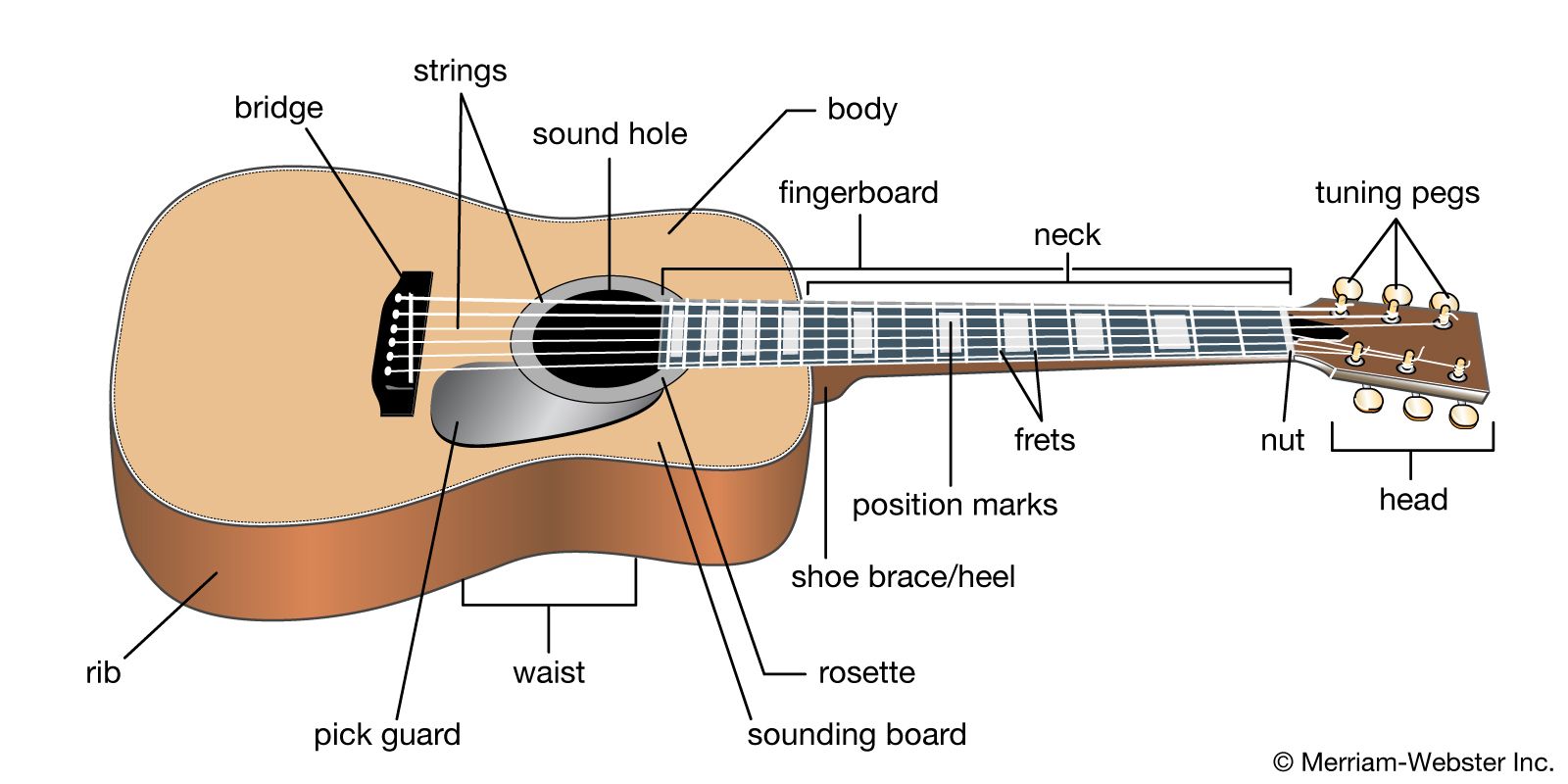Howdy, Stranger!
It looks like you're new here. If you want to get involved, click one of these buttons!
Categories
- 241.8K All Categories
- 22 >> Start Here <<
- 12 New Members
- 8 FAQs
- 86.7K Gear
- 39.5K Guitar
- 3.4K Acoustics
- 1.3K Bass
- 14.6K Amps
- 17.2K FX
- 271 Digital & Modelling
- 765 Other Instruments
- 8.3K Making & Modding
- 421 Gear Reviews
- 107 Guitar Reviews
- 73 Amp Reviews
- 119 FX Reviews
- 87 Other Reviews
- 749 Made in the UK
- 975 Theory
- 1.9K Technique
- 2.1K Live
- 3.2K Studio & Recording
- 2.1K Making Music
- 219 Events
- 15 Guitar Show 2018
- 830 Plug My Stuff
- 105.2K Classifieds
- 41.1K Guitars £
- 2.8K Acoustics £
- 139 LH Guitars £
- 899 Basses £
- 10.6K Parts £
- 18.3K Amps £
- 34.1K FX £
- 2.8K Studio & Rec £
- 6.1K Misc £
- 465 Personnel
- 54.7K Chat
- 36.6K Off Topic
- 1.1K Tributes
- 6.6K Music
Become a Subscriber!
Subscribe to our Patreon, and get image uploads with no ads on the site!
Furch factory tour

A great watch if you have an hour to kill.
It's great that they are developing the art of producing these fine instruments with many genuine evolutions of traditional techniques.
Things such as the harder/thinner lacquer material, the ingenious 12 string bridge design, hand voicing of tops/backs and pre-loading of bracing stresses. They also seem to have the balance between CNC/laser and "hands-on" methods right IMO. Did I hear him right around the 15:10 mark saying they use Monel as a fret material? If it's more durable than traditional materials, great!
I'm not convinced of the benefits of the CNR neck as marketed. They say it's designed to produce a more stable neck and negate/delay the need for a reset. As far as I'm aware, the neck has little to do with a guitar's eventual need for a reset: it's more to do with movement of the body (top/bridge) so I don't see how a stiffer neck will have any effect on this.
And while I'm on that subject, here's my real gripe with their methods, and one I genuinely don't believe to be an improvement. Between approx 52-55 mins he describes how they join the neck to the body by cutting a channel into the top and shoulders of the body instead of fettling the heel of the neck as done traditionally. Wouldn't this make for a more difficult reset? How does one "dig out" the fingerboard extension from the top of the guitar as it's effectively inlaid instead of laying on top of the body?
0 LOL 1
LOL 1 Wow! 0
Wow! 0 Wisdom
Wisdom
 LOL 1
LOL 1 Wow! 0
Wow! 0 Wisdom
Wisdom Base theme by DesignModo & ported to Powered by Vanilla by Chris Ireland, modified by the "theFB" team.



Comments
just because you do, doesn't mean you should.
It looks like a good system to me, and a major improvement on the old dovetail method which really isn't well-suited to any production method other than individual hand-building by a highly skilled craftsman.
I agree with you that the the primary cause of neck problems is the body folding up. However, this isn't a random event. The better the distribution of forces to the body, the slower it is to fold up. This is why Spanish heel construction is favoured by a number of manufacturers. It provides a much larger connection between neck and body (especially the back, which becomes a significant part of the mechanical structure), spreading the forces out and equalising the loads. Result: it lasts longer. A dovetail, with its relatively small connection surface and weak leverage, is (all else being equal) likely to fail sooner.
Of course, a dovetail is merely difficult to pull apart and reset, as opposed to very difficult. On the other hand, if you want to make the thing easy to repair, bold-on necks are vastly easier to reset, and have no real-world disadvantages. But traditionalists stick mindlessly to dovetails, because that is traditional.
The Furch system could be described as a mortise and tenon joint with a very long tenon. Good! Much better mechanical advantage than a dovetail, and that long, strong extension of the neck underneath the fingerboard must provide particularly good coupling into the top, spreading the forces out well. It doesn't tie into the back the way a Spanish heel does, but looks to have an even better coupling to the top.
Will a neck reset be difficult? Sure. Will you care? Maybe not: you'll be pushing up the daisies long before you need it. (Probably.)
Some people claim that a dovetail somehow "sounds better". Rubbish. Some other people claim that a Spanish heel "sounds better". I don't believe that one either. A well-made guitar is a well-made guitar, and a competent maker can make any of these methods work. Look at Taylor - the most successful acoustic guitar maker of the last several decades, and all bold-on necks.
Me, I'm agnostic. I have seven guitars: two have Spanish heels, two are bolt-ons, and three have dovetails.
I wonder if the contact areas of heel, overhang and body are glued as well as bolted, or if it's a dry fit...